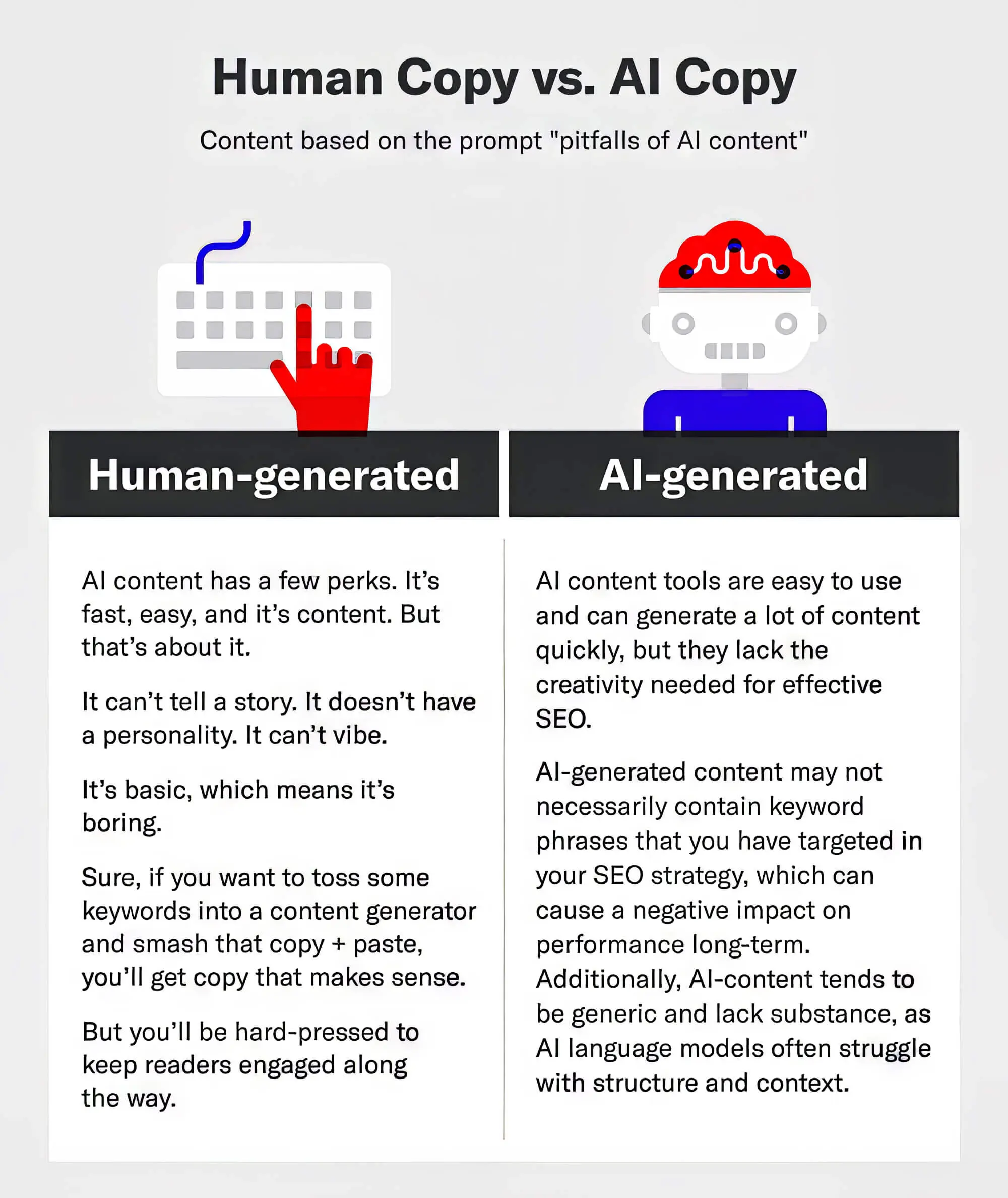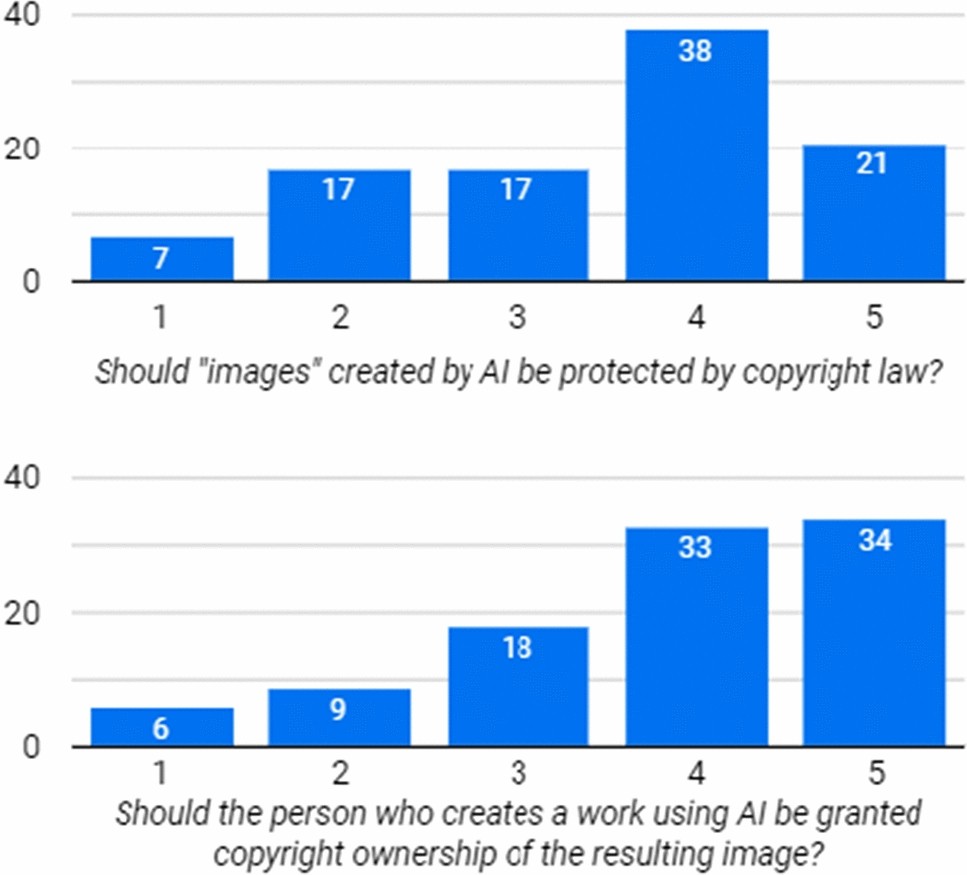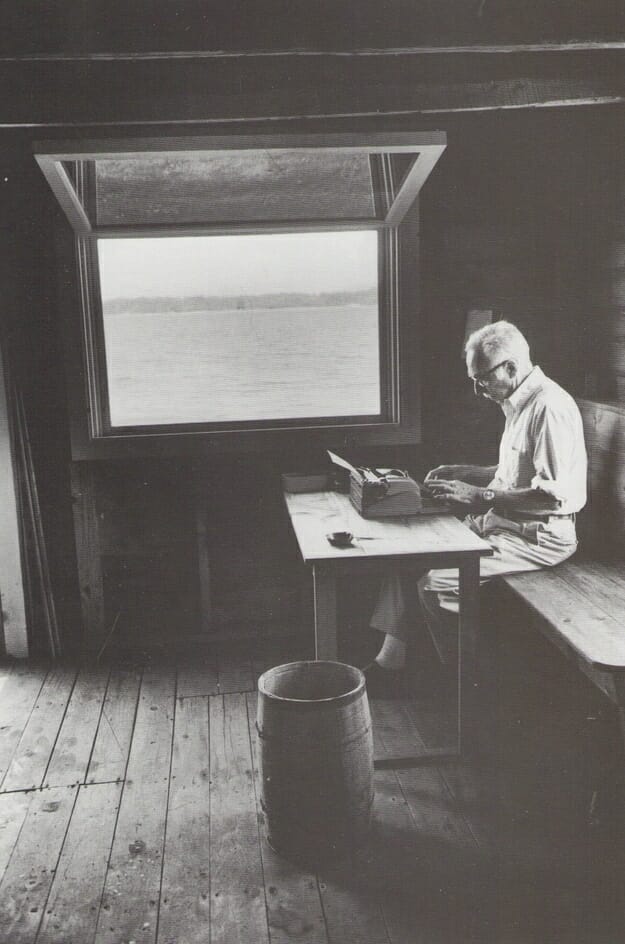Introduction
Artificial Intelligence (AI) has rapidly gained traction across various industries, fundamentally altering the landscape of creativity in ways that many may not have anticipated. Within writing and the arts, AI tools such as ChatGPT and DALL-E are becoming essential components of the creative process, offering advancements in productivity and idea generation. For writers and creatives, a pressing question arises: how can AI enhance their artistic endeavors without diluting their unique voice? As strategies for incorporating AI evolve, it is important to explore the capabilities of these tools and their potential impacts on traditional creative workflows.
The mixed reception of AI in creative sectors reflects a range of opinions. Some creatives express concern that reliance on AI could lead to a loss of originality and authenticity. Research indicates that 42% of individuals surveyed support the use of AI in film production, particularly for tasks such as special effects and scriptwriting. Yet, the inclusion of AI tools is often not merely a replacement for human creativity; rather, it is a means to enhance the existing creative process. For instance, films like "The Frost" have successfully employed AI in their development, showcasing the technology's capability to improve creative workflows.
This case study will analyze how generative AI tools enhance creativity, examining their practical applications across writing, the film industry, and visual arts. It will also address the ethical implications, copyright concerns, and shifts in employment patterns prompted by these innovations. As the conversation continues about how to balance human creativity with AI assistance, understanding this dynamic will be crucial for writers and creatives navigating the evolving landscape of their professions.
An infographic illustrating human and AI collaboration (Source: Dreamstime)
Is AI the Ultimate Collaborator or a Creative Threat?
AI tools have been recognized as significant contributors to creativity, offering unique capacities that enhance artistic endeavors. Programs such as ChatGPT and DALL-E are transforming how artists approach their craft, serving as collaborators that can provide fresh perspectives and ideas. However, this collaboration raises important questions regarding creative control. Writers and artists might worry that depending on AI could compromise their individual style or lead to generic outcomes.
Concerns about AI's potential dominance over human creativity are valid. If mismanaged, these technologies may produce work that lacks the depth and nuance exclusive to human creators. Additionally, there is genuine apprehension about job displacement in the creative workforce, as some may perceive AI as a more cost-effective option. According to recent surveys, 42% of participants are in favor of using AI in film production, which reflects both optimism and caution regarding its role.
Nevertheless, a balanced approach is essential. Creatives can leverage AI to manage repetitive tasks, enabling them to concentrate on the artistic aspects that define their work. By viewing AI as a tool rather than a replacement, writers can maintain ownership of their creative processes while benefiting from increased productivity and efficiency.

A screenshot of a collaborative brainstorming session highlighting AI's assistance in idea generation (Source: Forbes)
AI as Your Idea Engine: Generating Ideas Without Compromising Style
AI technology now plays a vital role in the ideation and brainstorming processes, offering tools that stimulate creativity without overshadowing an artist's distinct voice. For instance, in the film "The Frost," AI was utilized to assist in script generation, enabling filmmakers to explore innovative narrative directions. Tools like ChatGPT provide suggestions for prompts, plot twists, and character development based on user inputs, helping to alleviate writer's block and speed up the creative phase.
Successful integration of AI in idea generation often relies on its thoughtful application. Creatives aiming to maintain their signature styles can treat AI-generated suggestions as starting points while refining them to enhance their artistic vision. This approach fosters a collaborative relationship in which AI contributes to expanding possibilities while the writer retains definitive control over narrative coherence and tone.
Furthermore, the potential for AI-driven ideation extends well beyond scriptwriting. Visual artists are increasingly deploying generative AI tools to create concept art and storyboards, merging human creativity with machine-generated elements. This partnership allows artists to experiment with a wider range of styles and concepts without sacrificing the authenticity of their expressions.

A visual comparison demonstrating traditional writing processes versus AI-augmented writing (Source: Zeve)
Boosting Your Writing Productivity with AI Without Losing Your Voice
AI enhances productivity by streamlining repetitive writing tasks, granting creatives more time to engage with higher-order thinking and expression. Features such as grammar checking, style suggestions, and readability scoring can significantly reduce the time spent on revisions and edits. These tools allow writers to concentrate on the artistic elements of their work, resulting in a smoother writing process.
Moreover, AI-driven feedback mechanisms have the capacity to assist writers in improving their output by providing insights into audience preferences based on data analytics. Tools that analyze successful writing trends or highlight common pitfalls can inform a writer's approach, leading to more polished and compelling narratives.
Integrating AI into daily workflows also opens avenues for more efficient project management and collaboration. Writers can leverage AI's ability to quickly synthesize research and generate outlines—tasks that typically consume a great deal of creative energy. Although some writers may approach AI with skepticism, embracing these technologies can result in a more productive balance where their voices remain distinct while benefitting from innovative solutions.

A chart illustrating ethical and copyright differences between AI-created and human-created works (Source: Springer Nature)
Navigating the Ethical Maze of AI in Arts and Creativity
As AI continues to weave itself into creative workflows, ethical concerns surface regarding originality, copyright, and artistic intent. The U.S. Copyright Office maintains that works produced solely by AI cannot claim copyright, thereby entering the public domain from the outset. This scenario presents challenges for creatives who engage with AI technologies, raising questions about ownership and the safeguarding of AI-generated content.
Additionally, the risk of unintentional plagiarism must be acknowledged. AI-generated outputs may inadvertently replicate existing copyrighted material. Such concerns have led to lawsuits involving organizations like OpenAI, emphasizing the need for clarity in how creators can utilize AI in their work without infringing on others' intellectual property.
The evolving landscape of originality and respect for human creativity calls for industry-wide regulations that effectively balance technological advancement with protections for artists' rights. These regulations should address fair use provisions that protect both AI-generated works and human creations, ensuring a vibrant and diverse artistic community despite the growing influence of technology.
For writers and creatives, grappling with these ethical complexities is essential. Engaging in discussions about responsible AI use can help delineate a path forward in which artistic integrity remains paramount.

An illustration of Disney's integration of AI into media workflows (Source: Markovate)
Industry Case Studies: How Disney and Fox Are Paving the Way
Investigating the strategies of industry leaders such as Disney and FOX offers valuable insights into practical AI applications within creative contexts. Disney's commitment to innovation led to the establishment of the Office of Technology Enablement, dedicated to incorporating AI and other emerging technologies across its film, television, and theme park divisions. By employing AI for functions such as script analysis, understanding audience preferences, and managing crowd dynamics in theme parks, Disney exemplifies the diverse possibilities of AI in creative workflows.
Specifically, Disney uses AI tools to enhance visual effects and animation, producing realistic simulations that improve efficiency and encourage creative exploration. This capability allows directors and artists to focus more on the creative aspects of filmmaking rather than getting trapped in technical limitations. Such an integrated approach not only streamlines production processes but also provides greater opportunities for artistic experimentation.
Conversely, FOX is exploring the use of AI-driven analytics for audience insights and project planning, ensuring that productions align with viewer interests. This strategic shift emphasizes the necessity of data in creating narratives that resonate with audiences. As AI continues to evolve, the lessons learned from these organizations can guide writers and creatives in effectively integrating technology into their artistic practices.
An image depicting a collaborative workspace with humans and AI working together (Source: LinkedIn)
The Future of Creativity: Predicting AI's Next Moves in Artistic Fields
Looking ahead, experts anticipate that AI will further integrate into various creative processes. Projections indicate that by 2030, AI may contribute to the generation of 90% of content in major blockbuster films. This potential shift suggests a future in which AI tools are not only supportive but essential in the creative design process across diverse media.
As advancements in AI progress, new roles may emerge for creatives, such as AI supervisors and prompt engineers, specifically tailored to navigate technologically enhanced environments. Educational initiatives aimed at developing these new skill sets will be crucial in preparing professionals for the future landscape. The rise of multimodal AI tools, which can process various forms of creative input, promises to redefine artistic expression, facilitating closer collaboration between artists and technology.
Moreover, emerging concepts such as generative virtual environments indicate that artists will have unprecedented opportunities for exploration and interaction in their work. By embracing advancements in technology, writers and creatives can position themselves at the forefront of an era rich with opportunities for innovation.

An inspirational workspace of a writer, symbolizing the harmony between artistry and technology (Source: The Write Life)
Embracing AI While Keeping Your Artistic Soul Intact
In conclusion, the integration of AI into the creative process presents both exciting opportunities and challenges for writers and creatives alike. By utilizing AI technologies judiciously, creatives can enhance their workflows while maintaining control over their artistic expressions. Strategies such as thoughtfully applying AI for idea generation and productivity improvements can lead to a cohesive blend of art and technology.
Ongoing discussions surrounding copyright, originality, and ethical considerations will be essential as creatives navigate the responsible use of AI tools. As the landscape continues to evolve, artists should proactively engage with these issues to advocate for regulations that protect their rights and maintain artistic integrity.
Ultimately, the future of creativity hinges on embracing innovative technologies while preserving the essence of human artistry. By fostering an environment in which AI acts as a collaborative partner rather than a competitor, writers can confidently navigate these changes, ensuring their contributions remain impactful within an increasingly technology-driven world.


Komentar (0)
Masuk untuk berpartisipasi dalam diskusi atau .